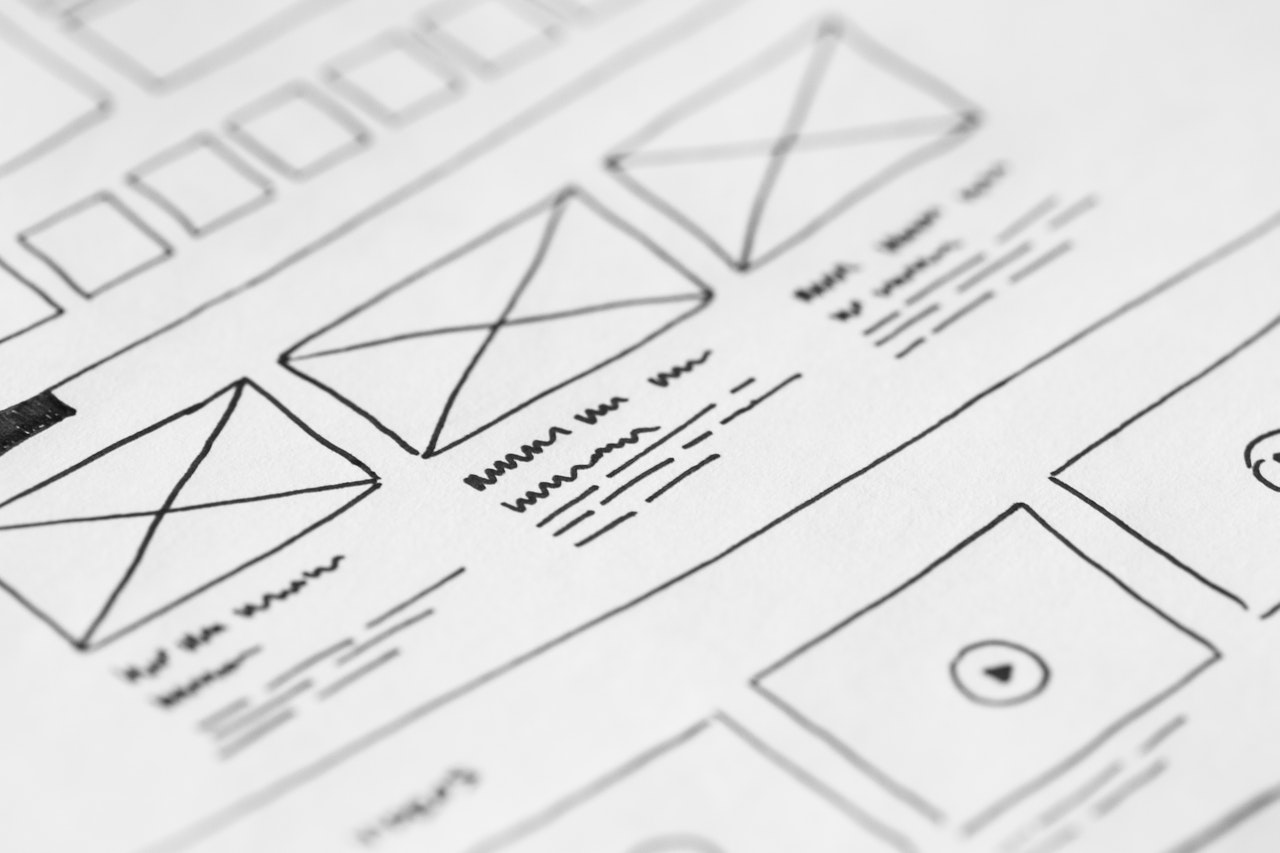Hot Take: Web designers don’t make websites for their clients.
Weird, right? So what do they do? Web designers are actually in the business of making websites for their client’s audience. And while we do have to make it look good, a bulk of our energy goes into figuring out how our client’s supporters are going to respond to the site we build. This is when it helps to understand some psychology principles and how they relate to web design.
Here are the Top 10 Psychology Principles every web designer should learn.
Aesthetics-Usability Effect
We’ll start out simple. This basically says that people assume that something that is more attractive works better. So by having a modern interface that is well-designed will give the impression that your site works well, instantly building trust with your visitor.
Color Psychology
There is a reason why McDonald’s uses red and yellow for their golden arches, and why Coke is always red. There is also a reason why buttons need a minimum contrast ratio and brand colors are distributed across a website in a certain way. Color impacts the user experience, and choosing the right palette not only makes it attractive, but also accessible and impactful.
Shape Psychology
Color psychology probably came as no surprise, but have you thought about how shape affects your website? Whether you have rounded edges on a box, clearly defined outline between sections, gradients as a background or shadows on a hover have emotional associations with the content they contain.
The Mere-Exposure Effect
Also known as the Familiarity Principle, this idea suggests that people are more likely to prefer ideas that seem familiar to them. While your unique mission should absolutely be reflected in the copy and images, other aspects like the navigation and layout should be similar to other websites your supporters visit. You want them to focus on connecting with your information, not on how to find your information.

Selective Disregard
Ya know how sometimes you will open up your cupboard looking for baking powder because you want to bake for the first time in months, and you just can’t find it? You know it’s there, but your eyes keep scanning over it. That is because of Selective Disregard. For so long, the baking powder was irrelevant so your brain decided not to keep processing that stimulus. The same thing happens with websites. Visitors will develop a “blindness” to design trends that have gone stale or notifications (like banners or pop ups) that have hung around too long. That’s why Mittun focuses on agile web development, to ensure our sites never get dusty.
Paradox of Choice
While we’re on the topic of baking…. Quick! Do you want to bake cookies or cake? You probably had an answer within a second or two. But if I had listed out seven different types of cookies, four kinds of cakes, brownies, an apple crumble and a handful of pies, you would have had to think for a while. And then maybe abandoned the kitchen altogether after getting overwhelmed. The same thing happens on a website. Each page needs to have a single goal. Don’t ask your supporters to donate and volunteer and attend an event and share the message with their friends all at once because you risk having them leave your website to think about it. And maybe not come back at all.
Cognitive Load Theory
This is all about memory capacity. Just like you shouldn’t be offering your website visitors a hundred choices on a single page, you also shouldn’t be dumping loads of information on them on a single page. According to this psychology principle, the average person can only store about seven items in their working memory at a given time. So by reducing the content, you improve their focus and encourage their decision making capability.
Gestalt Principles
There are a whole bunch of Gestalt psychology principles that are lumped together, but they all pretty much sum up one main point – People don’t want to navigate chaos. When our brains are presented with chaotic data or images, we automatically start looking for patterns to simplify it so we can digest it. By creating a website with similarity across the pages, the visitor can spend more time focusing on the content and less on trying to make patterns that don’t exist.
Von Restorff Effect
Buuuuuuut, we don’t like to be bored. We want to find the piece of chaos inside nicely organized data. So when your website has a consistent theme and brand across the whole thing, and then the page has a vibrant CTA or some other unique element, the user’s eye will be drawn to it much more quickly.
Peak-End Rule
This is the idea that people will judge and remember an experience based on the first and last impression of it. The Peak-End Rule has a few applications to building websites. First, it determines how to organize information on a page. The most important item should be at the very top. But the quality and importance shouldn’t diminish as you scroll. In fact, it should end on a bang. And second, this principle also applies to the menu and navigation. People are more likely to look at the first and last item in a list, so don’t “hide” your most relevant pages, like the donation page, in the middle of a menu.
Ok, so maybe my “hot take” wasn’t so hot. It is what we have been doing for a decade of building successful websites for nonprofits and social enterprises. But we still find these psychology principles fascinating and love learning more as the nonprofit industry and digital realm is constantly evolving. Check out more of our research and tips on web design for nonprofits.

Is your website built to be more than just pretty?
Contact Mittun for a free assessment today.


